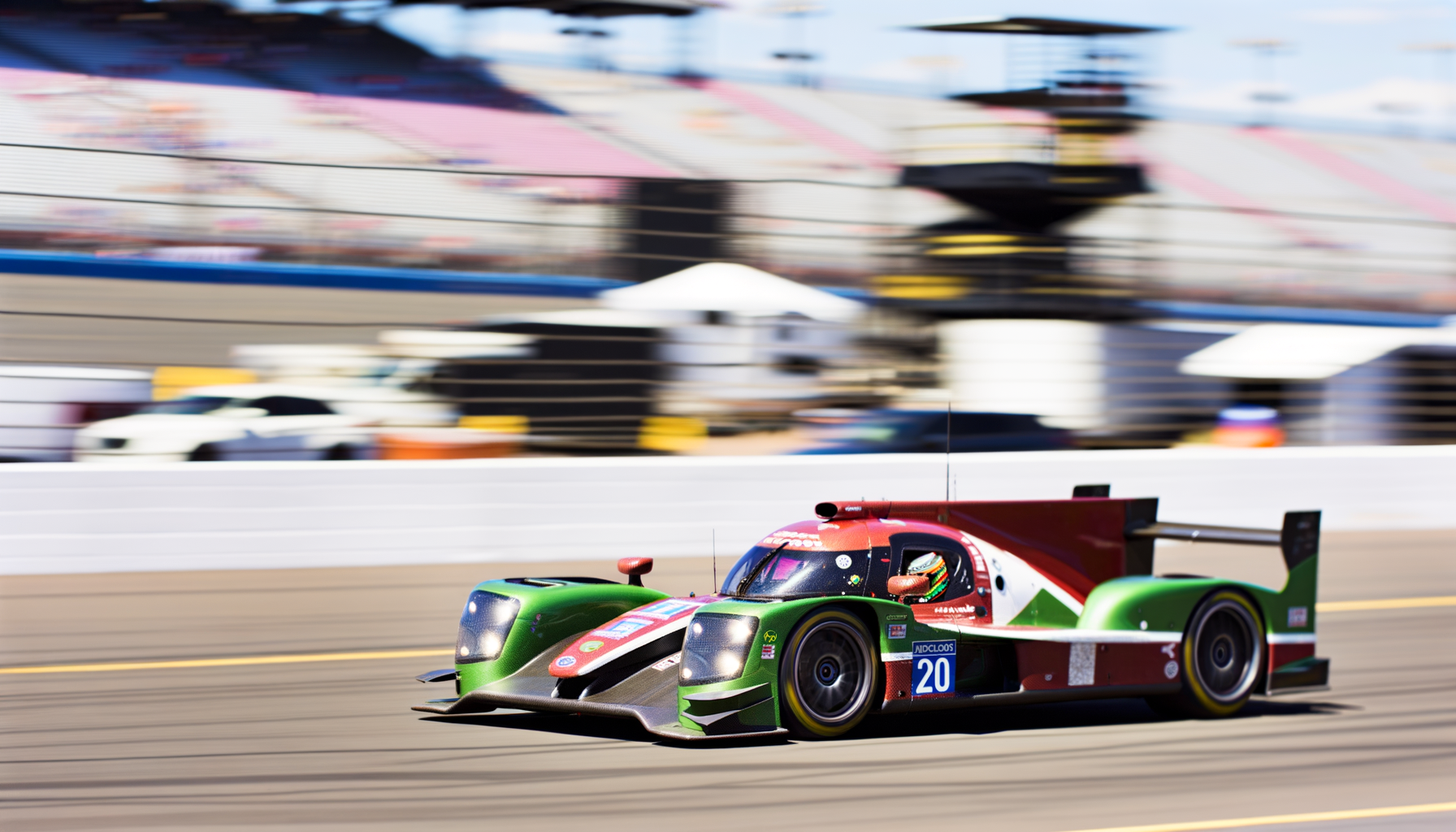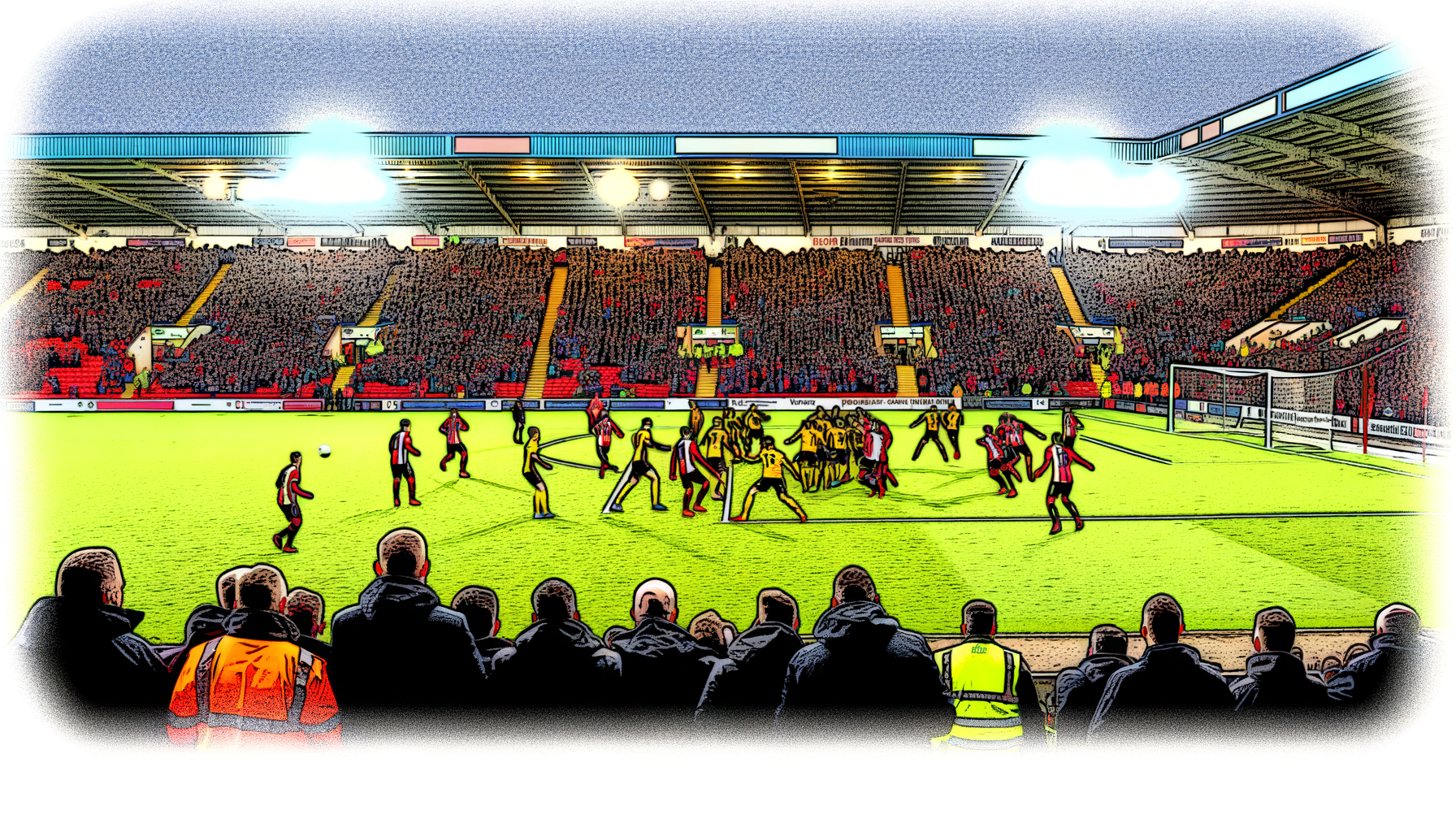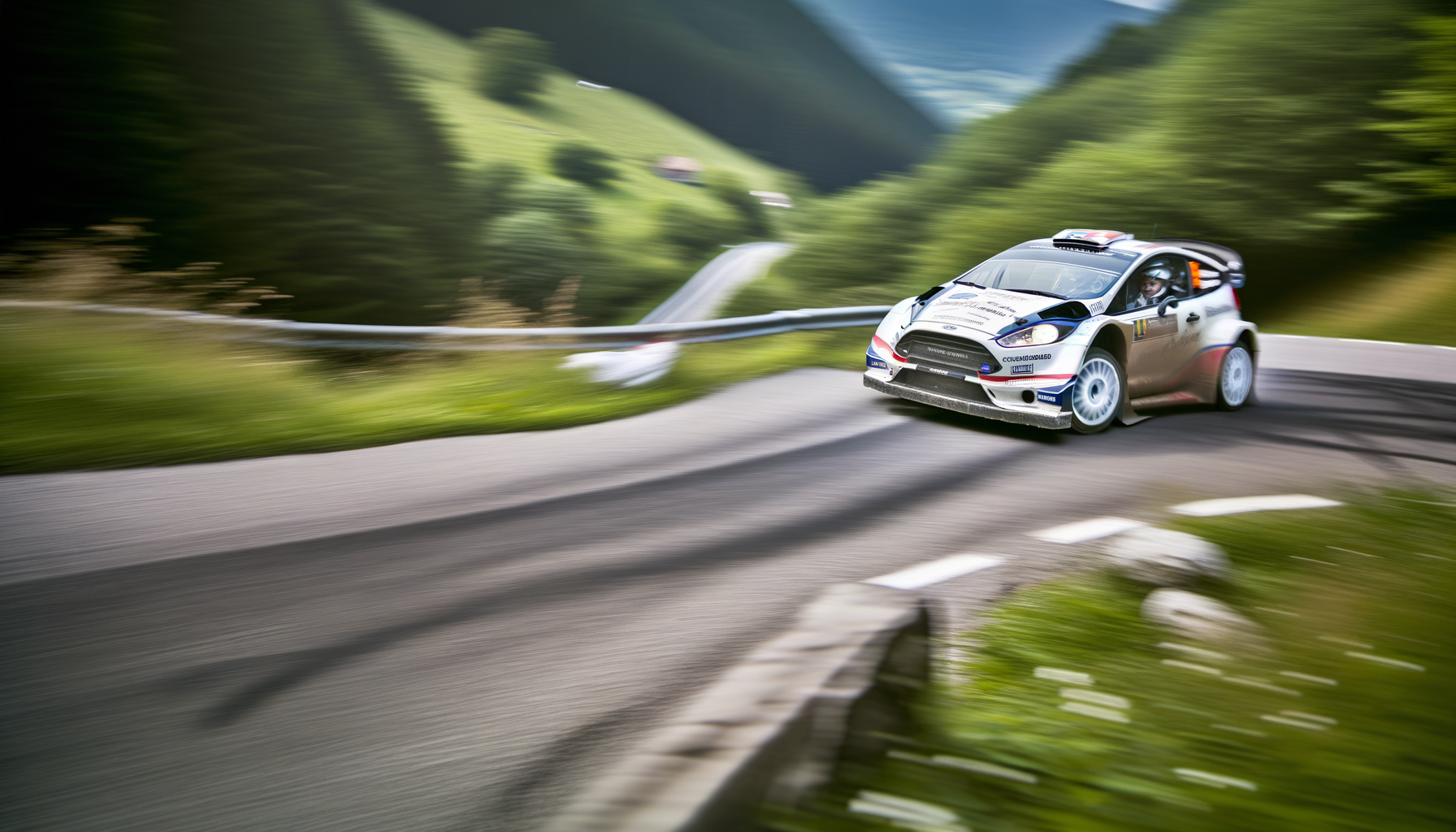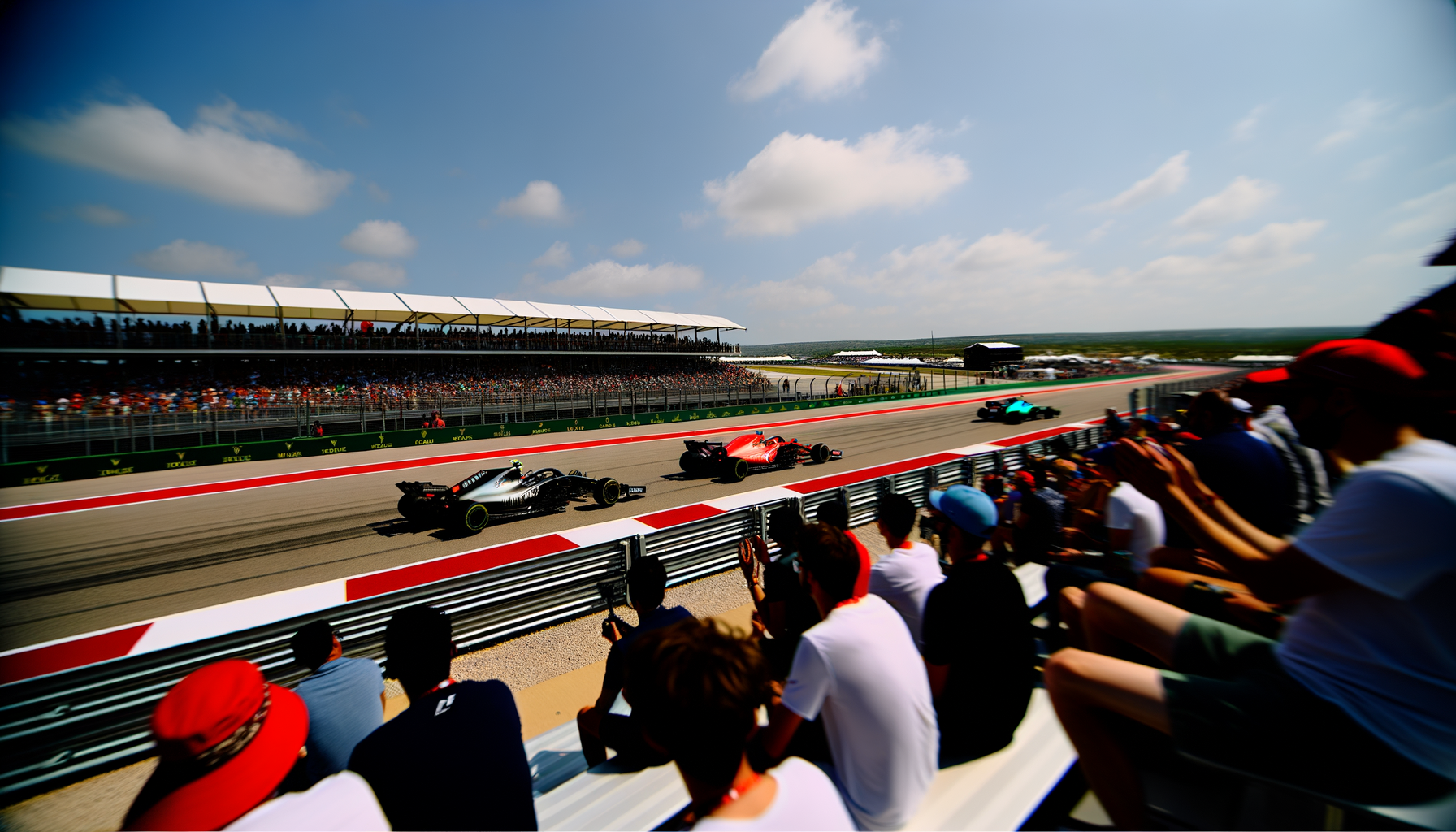The Ride-Height Strategy Behind Nico Hulkenberg’s US GP Sprint Success
Discover how Nico Hulkenberg’s innovative ride-height approach powered his standout performance in the US GP sprint qualifying, reshaping F1 strategies.

By Editorial
The importance of ride-height in modern Formula 1
Formula 1 is a sport where every millimetre and millisecond counts, and the ride-height of a car plays a pivotal role in its performance. Ride-height refers to the distance between the car’s chassis and the track surface. It affects aerodynamics, tyre wear, and handling. Teams continuously tweak this to find the perfect balance between downforce and drag, especially on demanding circuits like the Circuit of the Americas (COTA) in Austin, Texas, home of the US Grand Prix.
During the 2023 US GP sprint qualifying, Nico Hulkenberg’s standout performance caught the attention of fans and experts alike. His approach to ride-height was a key factor behind his impressive pace, reflecting how subtle technical decisions can dramatically influence race outcomes.
How Nico Hulkenberg’s ride-height approach made a difference
Hulkenberg, driving for Haas F1 Team, utilised a finely tuned ride-height setup that maximised aerodynamic efficiency without compromising mechanical grip. By adjusting the car’s front and rear ride heights to optimise airflow under the chassis, he achieved improved stability through COTA’s complex corners, such as the fast sweeps at Turns 3 and 12.
This setup allowed Hulkenberg to maintain higher cornering speeds and reduce tyre degradation, which is crucial in sprint qualifying where every lap pushes the limits. His performance was a testament to meticulous engineering combined with driver skill, enabling him to extract maximum potential from the car.
Technical insights into the ride-height adjustments
Hulkenberg’s team employed advanced sensors and real-time telemetry to monitor ride-height changes throughout the lap. They identified that a slightly lower front ride height reduced front-end lift, improving turn-in responsiveness. Meanwhile, a marginally higher rear ride height balanced rear grip, preventing oversteer on exit.
These changes may seem minor—often just a few millimetres—but in F1, they translate into significant gains. The team’s ability to adapt to track conditions and fine-tune these settings was instrumental in Hulkenberg’s sprint qualifying success.
Why ride-height strategies are gaining prominence in F1
With tighter regulations and more emphasis on aerodynamic efficiency, teams are pushing the boundaries of ride-height optimisation. The US GP sprint qualifying highlighted how strategic ride-height management can unlock latent performance, especially on circuits with a mix of high-speed straights and technical sections.
Moreover, tyre management during sprint races is critical. By optimising ride-height, teams can reduce uneven tyre wear and overheating, giving drivers an edge in tyre conservation and lap consistency. Hulkenberg’s example illustrates how this technical nuance can yield competitive advantages.
Comparisons with other recent performances
Similar ride-height innovations have been observed at other recent races. For instance, Lewis Hamilton’s resurgence at the Italian GP was attributed partly to refined suspension and ride-height setups that improved balance and tyre usage, as noted by Ferrari’s team principal.
In contrast, some teams struggled with ride-height consistency during the WSL Round Up where varying track conditions demanded rapid setup changes, echoing challenges faced in dynamic motorsport environments generally.
Lessons from the US GP sprint for teams and drivers
The key takeaway from Hulkenberg’s approach is the value of precision and adaptability. Teams must leverage data analytics and real-time telemetry to understand how ride-height affects performance lap after lap. Drivers, meanwhile, need to provide feedback on handling nuances that can guide engineers’ adjustments.
Furthermore, sprint qualifying formats demand setups that balance outright speed with tyre and mechanical endurance. Hulkenberg’s success underscores how an integrated approach between driver input and technical innovation can reap rewards.
How fans and aspiring engineers can learn from this
For motorsport enthusiasts and budding engineers, Hulkenberg’s ride-height strategy offers a fascinating case study. It demonstrates the intersection of physics, engineering, and driver skill that defines Formula 1’s cutting edge.
Understanding the impact of ride-height on factors like aerodynamics and tyre wear can deepen appreciation for the sport’s complexity. It also highlights why even mid-field teams like Haas can surprise with clever setups and tactical ingenuity.
Looking ahead: The future of ride-height optimisation in F1
As Formula 1 evolves with new technical regulations and sustainability goals, ride-height optimisation will remain a critical area of development. Innovations such as active suspension systems, although currently banned, may influence future regulations to allow more dynamic adjustments.
Meanwhile, the lessons from the US GP sprint qualifying will inspire teams to refine their setups, especially for sprint formats that test speed and resilience over shorter distances. Hulkenberg’s example sets a benchmark for how technical finesse can rival outright budget or power in competitiveness.
For fans interested in broadening their motorsport knowledge, check out our key golf tournaments to watch for a variety of sporting insights, or dive into our coverage of boxing’s heavyweight challenges for a change of pace.
Conclusion: Why Hulkenberg’s ride-height approach matters
Nico Hulkenberg’s performance at the US GP sprint qualifying exemplifies how detailed technical strategies like ride-height optimisation can elevate a driver’s competitiveness. It’s a reminder that in Formula 1, success hinges on a blend of engineering precision, data-driven decisions, and driver adaptability.
As the sport embraces new challenges and formats, watch for more teams to exploit ride-height and suspension tweaks to gain crucial tenths of a second—often the difference between podium glory and midfield obscurity.
Related topics
Editorial
Sports expert at SportsScoop
Specialist in sports analysis and journalism
Related articles
Want to read more?
Explore our comprehensive collection of sports articles and analysis, or contact us for more information.



